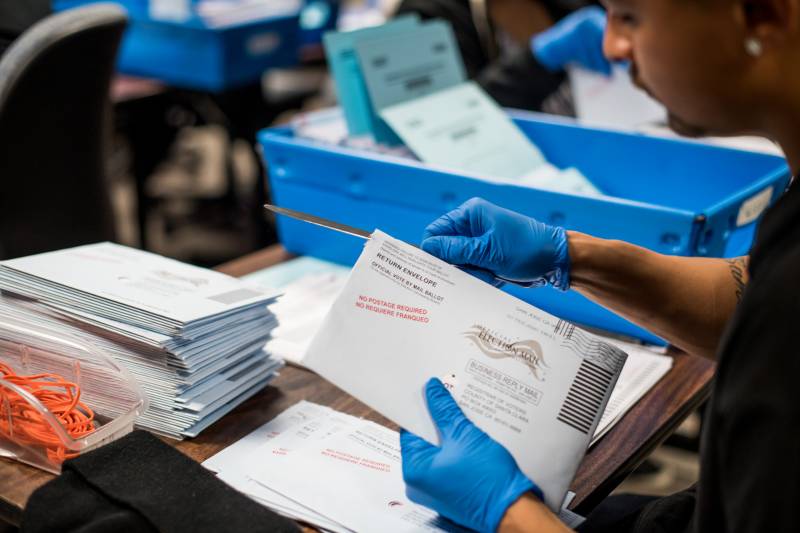Young voters are more likely to have their mail ballots rejected than older voters, according to a study out Monday examining voting in Sacramento, San Mateo and Santa Clara counties in the 2018 general election.
The research published by the nonpartisan California Voter Foundation highlights one of the greatest challenges for California’s shift towards expanded vote-by-mail this election: the number of ballots that are returned, but not counted because they were mailed too late or lacked an accurate voter signature.
“One of the big changes of vote-by-mail is it shifts the responsibility for getting it right when we vote from the poll worker to the voter,” said Kim Alexander, president of the California Voter Foundation.
Beginning next month, California counties will mail every voter a ballot, and many counties are choosing to offer fewer in-person voting opportunities than in years past due largely to the COVID-19 pandemic.
There’s no evidence that expanding vote-by-mail will lead to widespread voter fraud, as vote-by-mail critics like President Trump have asserted.
But as many states shift to vote-by-mail to avoid the spread of coronavirus at the polls, ballot rejections are a growing concern. An NPR analysis found a sharp increase in the number of rejected ballots in the 2020 primaries compared to levels in 2016. In California’s March primary, more than 100,000 ballots were rejected.
“The problem of ballot rejection is evidence of the fact that we don’t have widespread fraud,” Alexander said. “Ballots that aren’t postmarked by Election Day don’t get counted. People who forget to sign their envelopes, those ballots don’t get counted. Ballot rejection is evidence of the fact that we have election security.”

